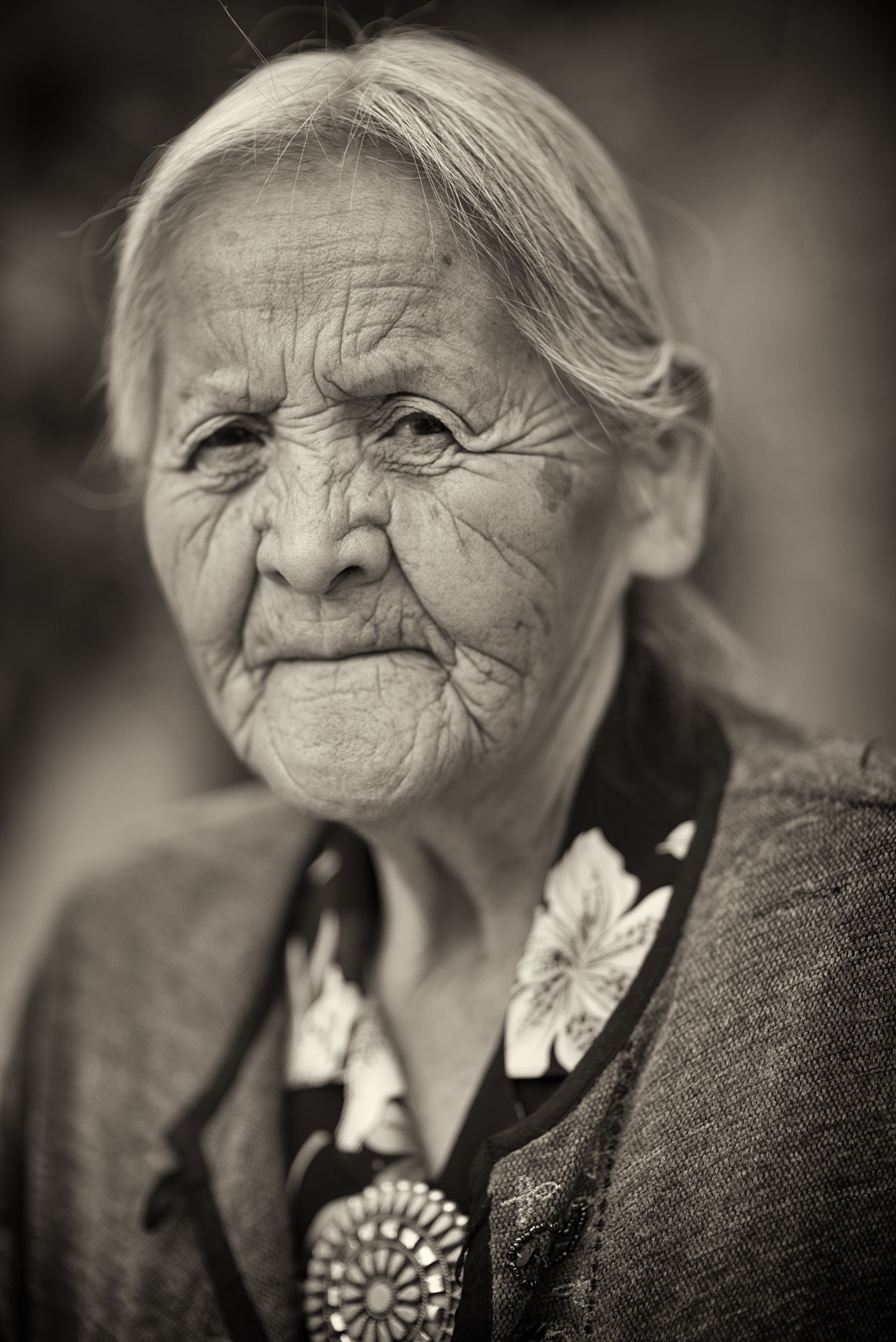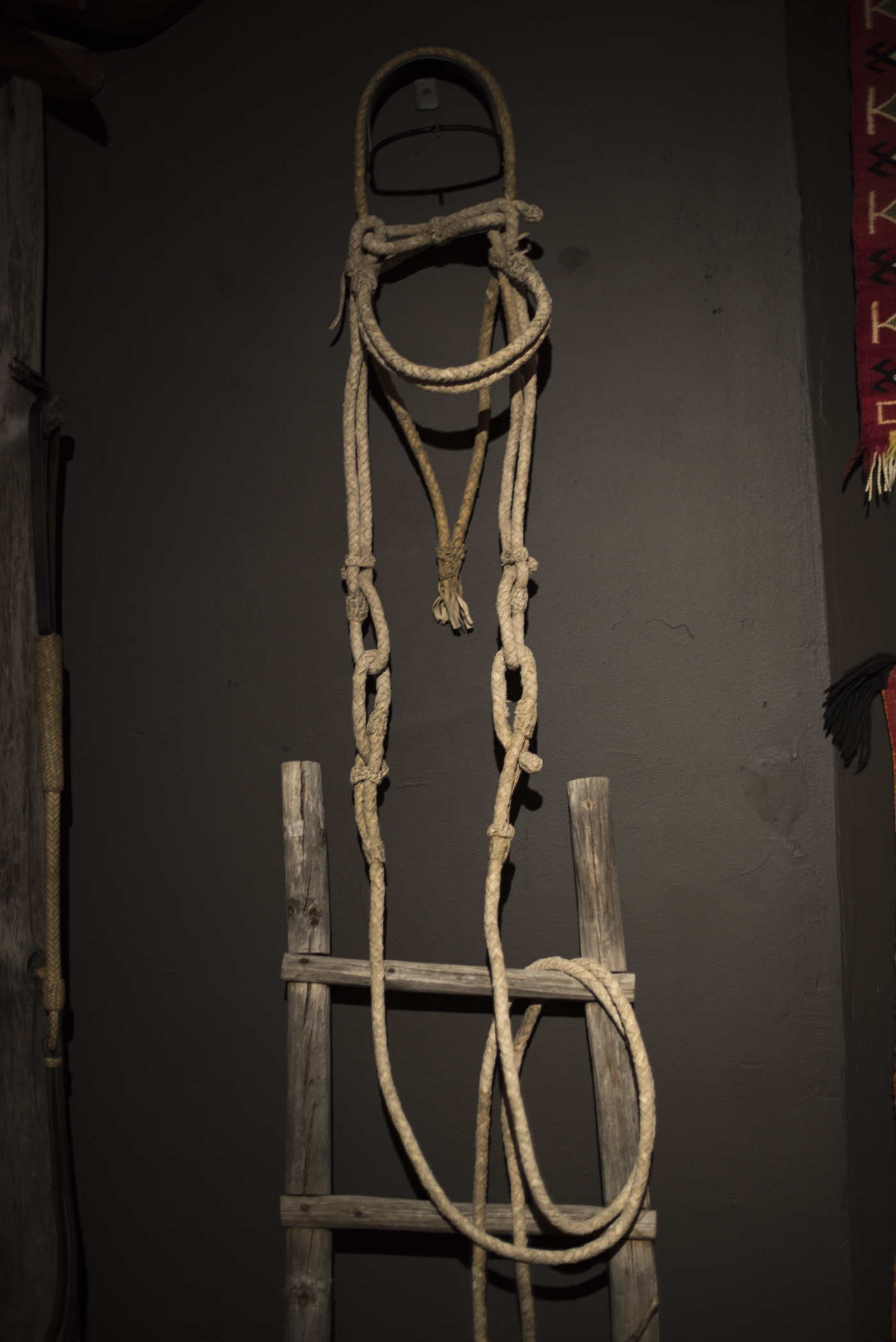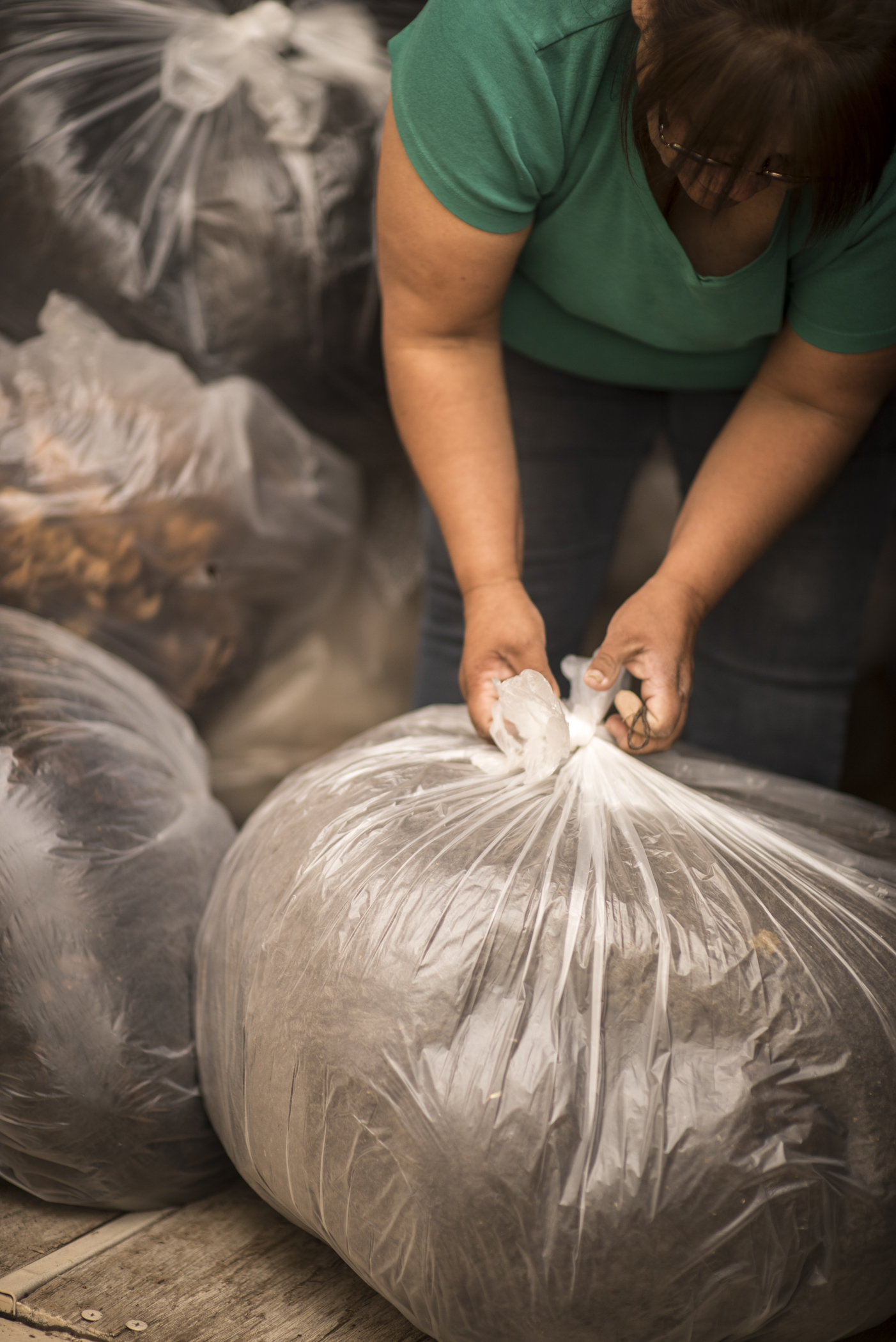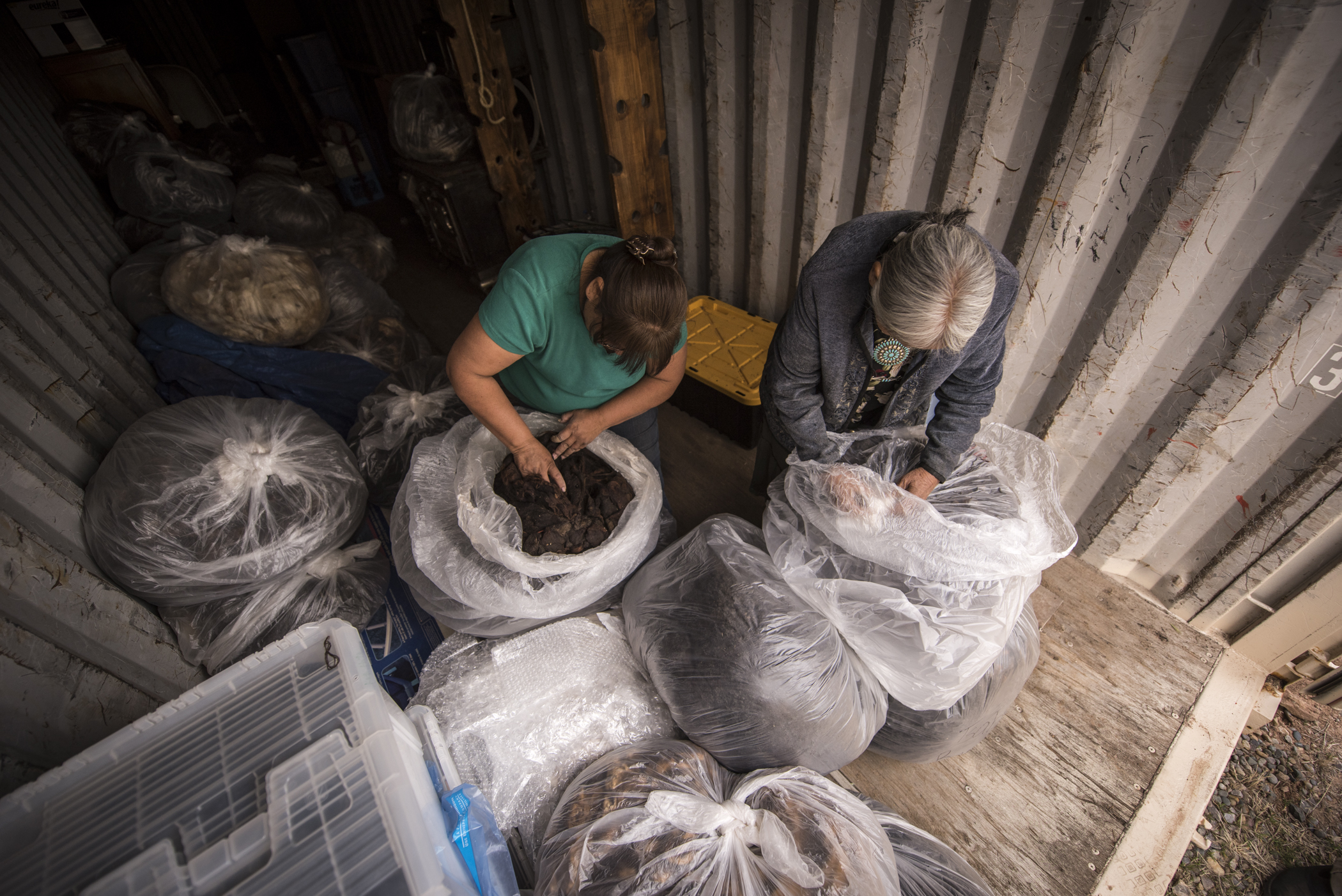


































The story of the Toadlena Trading Post is intricately woven within the story of Two Grey Hills rugs.
It begins around 1868 when the Southwest Territories became part of the United States and the Navajo began settling on the reservation. The first white traders were fur trappers, who traded red cloth to the Navajo for access to the reservation.
Where there was water, there was rug trading.
Mobility was limited to horse and wagon in the 1860s, so the traders traveled throughout the arid reservation, parked by water and waited for the natives to arrive. Most posts were established at water sites for this very reason, and the names of many trading posts begin with the Navajo word for water, which is “to.” Just like Toadlena.
The wagon “posts” brought the outside world to the Navajo. They were loaded with desirable supplies, such as coffee, flour, tools and hardware. In exchange, the traders took silver jewelry, sheared wool and hand woven Navajo textiles back to the white settlers.
Demand for Navajo rugs increased and higher prices were paid. By 1900 the traders and weavers were working together to develop marketable designs that characterized different regions of the Navajo Nation. Each was named for the trading post in its area, such as Two Grey Hills, Ganado, Teec Nos Pos and Chinle.